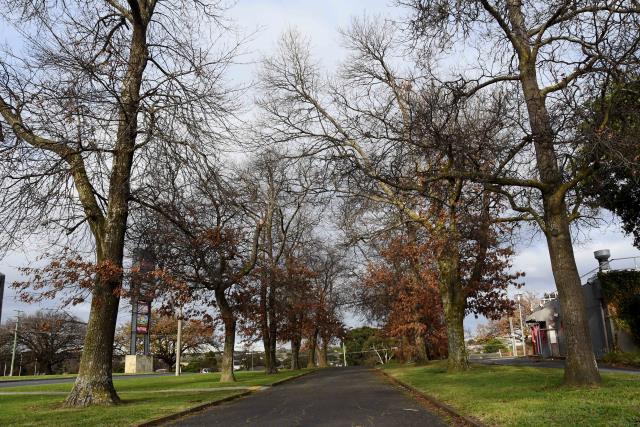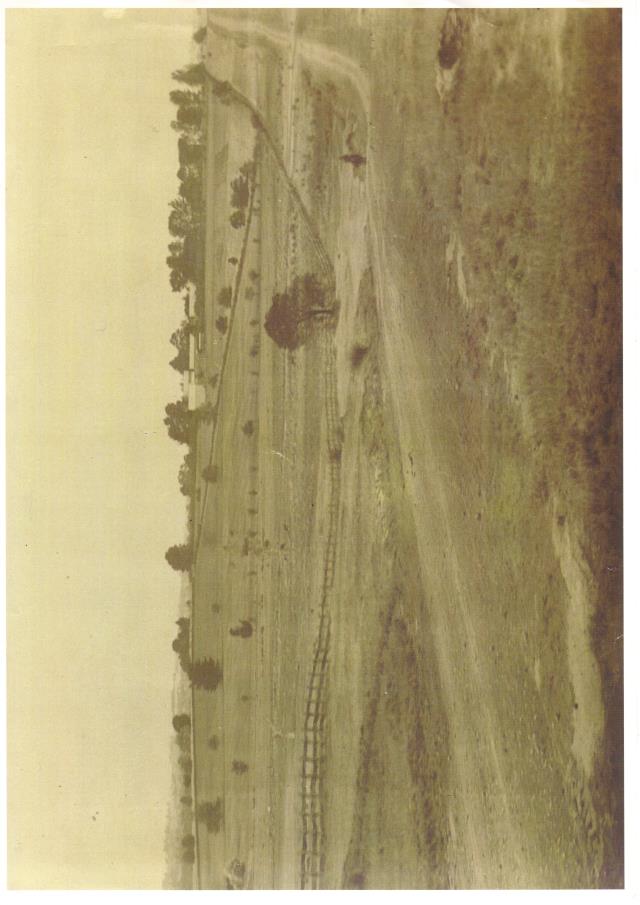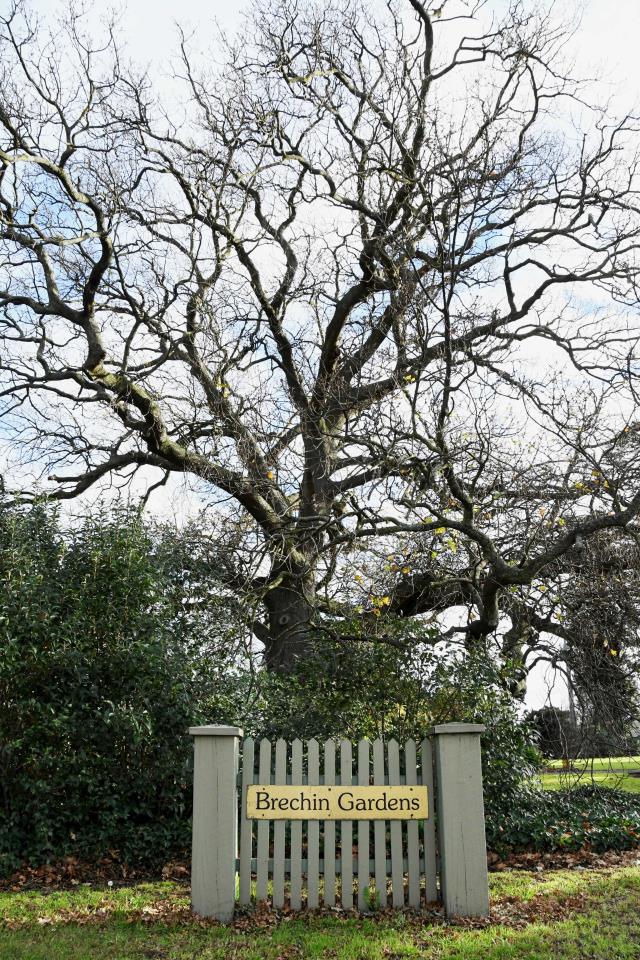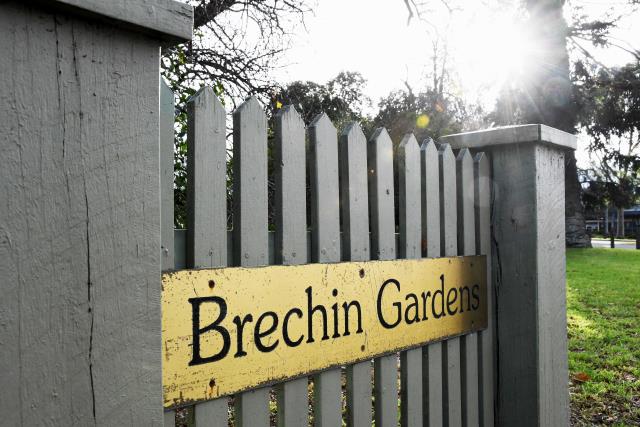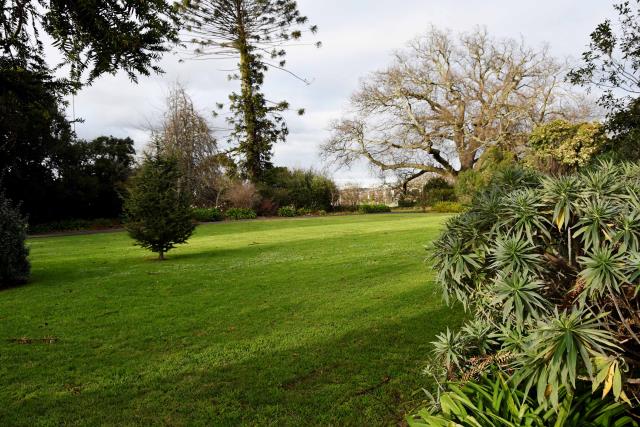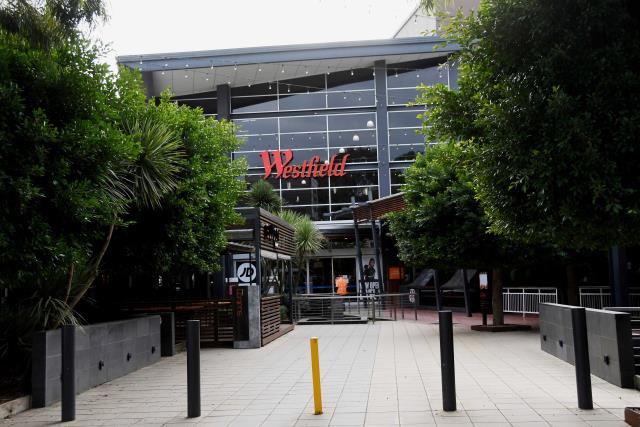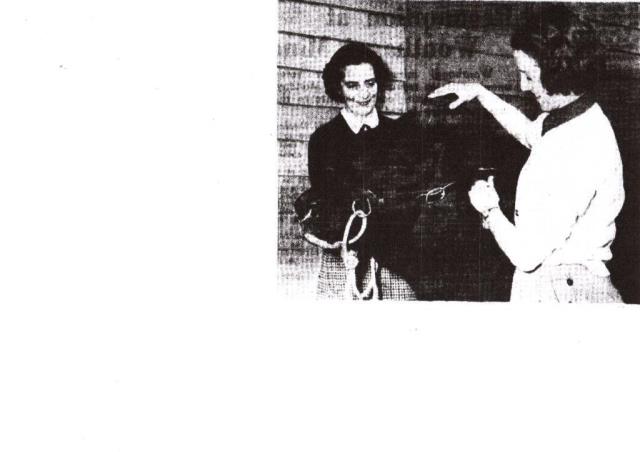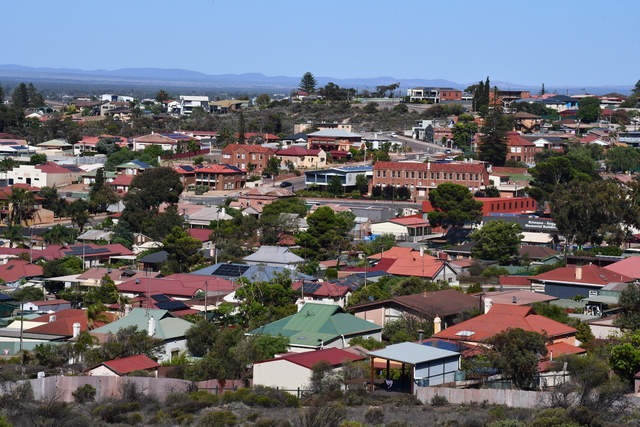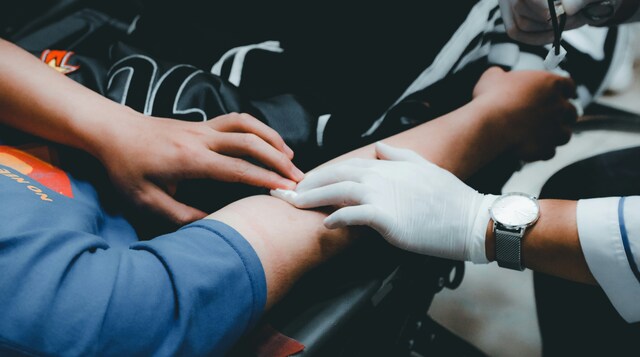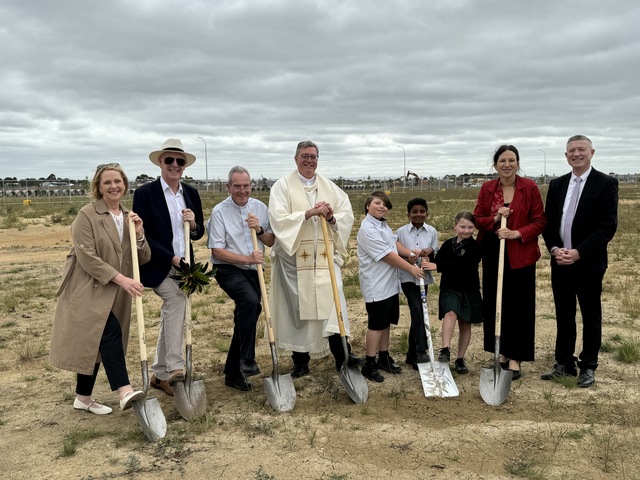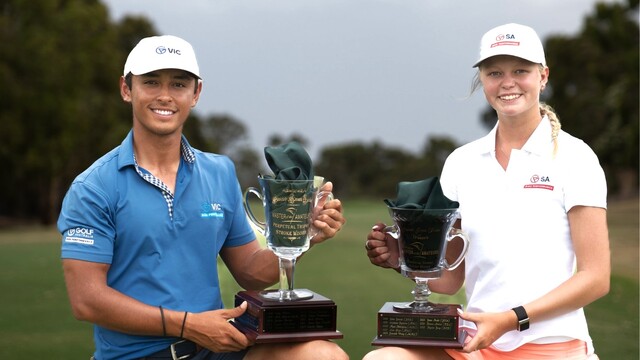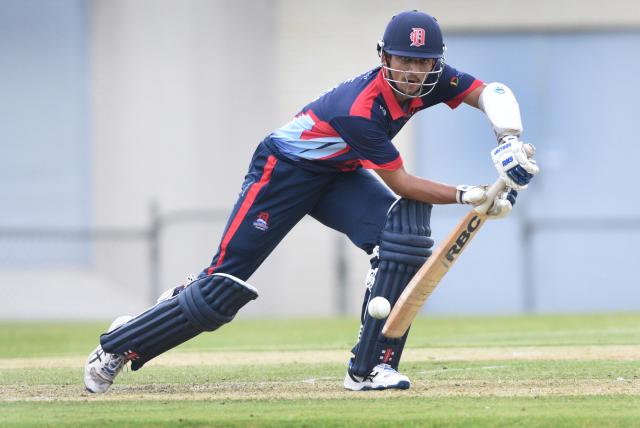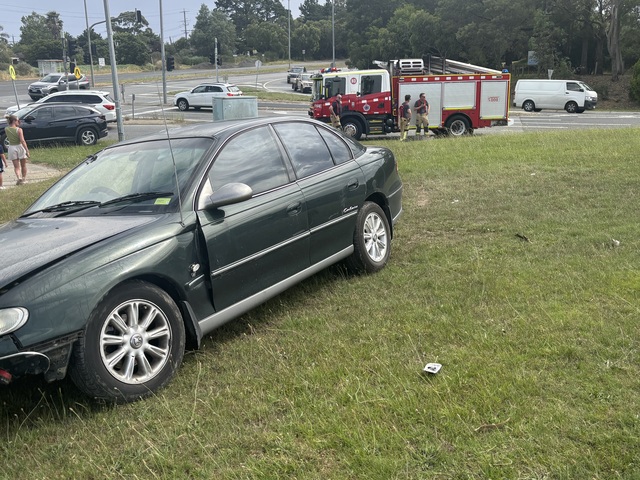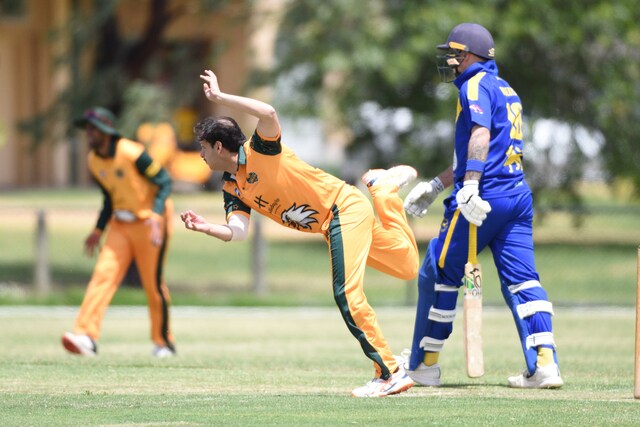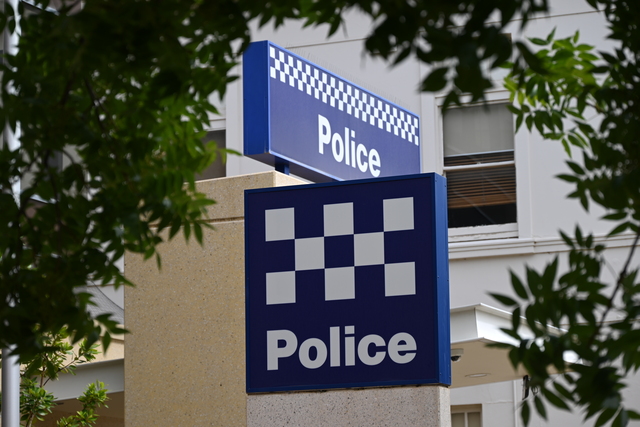A garden in the Westfield-Bunjil Place precinct and a small thoroughfare in Narre Warren preserve the legacy of the Lloyd family, who made a significant contribution to the region, as NEIL LUCAS explains in his latest look at the significance of place and street names in the region.
Lloyd Avenue Narre Warren
Charles D Lloyd was born into a family in Melbourne which had considerable success in the business of insurance broking.
Charles’ father John C Lloyd was the founder of John C Lloyd & Co Pty Ltd and when he died Charles took over the business.
Interestingly, and somewhat ahead of its time, all staff at the insurance broking company were either directors or shareholders in the business. His brother Henry, who had studied medicine, did not join the business but chose to make his career as a medical practioner.
Many of the more well-to-do businessmen living on the fringe of the metropolis acquired a small acreage which allowed the keeping of some milking cows to produce milk for the house.
In 1903 Charles owned 20 acres (eight hectares) of land surrounding his home Urandaline in Glen Eira Road Caulfield and he purchased a number of Jersey cows with a view to establishing a Jersey stud. His purchases included a cow Sweet Bread 24th imported from the Island of Jersey which was in calf to Jersey Island’s champion bull Golden Fern’s Noble.
Charles’ interest in the stud grew and his knowledge of the breed expanded. His success was confirmed with four blue ribbons and championship laurels at the Royal Melbourne Show in 1913 and 1914.
In 1913 his imported Sweet Bread 24th won her class and the best Jersey female at the show, and in the following year was Champion Jersey Cow and Reserve Champion Dairy Cow.
Charles decided to further develop the stud and purchased more farming land at Glen Iris. The new area comprised 52 acres (21 hectares) and it is understood to have been located adjacent to High Street running northwards to a valley through which a small tributary of the Gardiner’s Creek flowed.
The property was described in an article in the Australasian as “well protected by the Camberwell ridge on the north”.
Charles farmed the property at Glen Iris with his Jerseys for only a few years in the 1920s and in 1923 moved his Jersey herd known as the Glen Iris Stud to Narre Warren. It is likely that Charles was involved in the subdivision of the Glen Iris property as one of the streets in the new residential area was named Bella Vista Road (Bella Vista having been the name of his late father’s home in Caulfield).
The property Charles purchased at Narre Warren comprised 408 acres (165 hectares) and is now the location of the Fountain Gate Shopping Centre and City of Casey buildings (this property was originally owned by Robert Gardiner who farmed at Edrington Berwick. Gardiner sold to Thomas Walton, Walton sold to Sidney Webb, and Webb sold to Lloyd).
Charles continued to live in Caulfield where he served as a Councillor for 15 years and as Mayor for a term. He was also treasurer of the Melbourne Benevolent Hospital for the Aged and Infirm for 14 years, president of the Melbourne Hospitals Association and a player at the Royal Melbourne Golf Club.
Charles continued showing his cattle at the Royal Show in Melbourne, transporting his show cattle to the show grounds sidings at Flemington on special stock trains. He won the Champion Jersey Cow competition at the Royal Show on 11 occasions and also became involved with the Australian Jersey Herd Society where he served as the Victorian branch’s Treasurer for a number of years.
Charles achieved the highest honour in the society when in the mid 1930s he served as Federal President for two years, and in that capacity attended shows in capital cities around Australia.
The Glen Iris Stud farm at Narre Warren was double fenced to ensure no contact was made with other cattle, and Lloyd’s manager George Sharpe and veterinarian Mr H S Ruddock made sure that the herd remained healthy and free of contagious diseases.
Charles Lloyd died in March 1937 at the age of 74 years. Later that year in November a sale of the Glen Iris Stud cattle was conducted at Narre Warren drawing a huge crowd.
The Argus newspaper reported – “Representatives from all states were present yesterday when the well-known Glen Iris Jersey herd of the late Mr C D Lloyd was submitted to auction. The attendance around the ring was one of the largest seen for many years at any sale of pure-bred dairy cattle and was a striking testimonial to the late breeder. Keen competition was displayed for Glen Iris Royal Gallant (imp) a two year-old son of the Royal Show Champion March Galinthias (imp ) and at 180 guineas the New South Wales breeder Mr O Mann became the purchaser.”
The farm at Narre Warren passed to Charles’ nephew John Lloyd.
John farmed sheep and cattle on an 814 acre (330 hectare) property in the Arcadia district south of Shepparton named Akoonah. He moved to Narre Warren and renamed the property Brechin.
There, in 1938, he established an Angus cattle stud. He appears to have sold the property at Arcadia a few years later.
At Narre Warren John purchased land from surrounding properties and increased the size of his holding to 637 acres (258 hectares). The farm stretched from Narre Warren North Road westwards to Tinks Road and also included paddocks on the south side of Princes Highway later subdivided around what is now the Springfield Drive subdivision.
John’s farming was interrupted by World War II when he joined the Gippsland Regiment of the Australian Army in which he was commissioned an officer. He served in Northern Australia and spent quite some time on Thursday Island which for some time was expected to come under attack.
Although their encampment was bombed many times an invasion did not eventuate and John safely returned to Narre Warren.
Jack Nobelius, later postmaster at Narre Warren, was a Staff- Sergeant in John’s company.
John was the most successful exhibitor in the Aberdeen Angus section at the Royal Melbourne Show in September 1948.
In 1949 his stud comprised 80 head and he was cutting 100,000 bales of hay.
John successfully stood for Council in 1945 and served in that capacity representing Berwick and Narre Warren until 1948.
John and his wife were very community-minded citizens and supported a variety of activities in the district. They demolished the old homestead on the property and constructed a new architect-designed modern home.
The garden was developed and an avenue of trees planted on each side of the driveway which opened onto the Princes Highway.
Part of the Lloyd’s garden and the avenue of trees have been retained and are located adjacent to Brechin Drive.
Their house and garden were the location of many fund-raising events and community activities. The
local paper described one such event, a fund-raiser for the Dandenong Hospital in September 1946 – “Organised by the Narre Warren and Narre Warren Nth. Ladies Auxiliary, last Saturday’s Garden Party at “Brechin,” the delightful home of Cr. and Mrs. J. C. Lloyd at Narre Warren, was such a success that the grand sum of £l3O was cleared for the Dandenong and District Hospital Building Extensions Appeal. The attractive stalls were arranged under the lee of the veranda and games and competitions were played on the sunny lawn overlooking the hills. No more ideal setting could be found, and the ladies are grateful to Mr. and Mrs. Lloyd for making their home and grounds available for the day. Cr. J. C. Lloyd thanked Mrs. Randle and her committee, and all who helped provide such a wonderful array of goods for the three stalls -fancy, cakes and sweets, and vegetables and ice cream.”
On the following Saturday John set out a football field in a paddock close to the house and the local Narre Warren Producers, a team formed of local farmers played a football match there against a team known as the Lyndhurst Producers. A note in the local paper declared “Proceeds, and any casualties, will go to the Dandenong and District Hospital.”
John joined the Berwick Show Society where he served on the committee for many years and was the President when the society celebrated its centenary in 1948. He was appointed as a Life Member of the Society in 1962.
The inadequacies of the former show grounds in Clyde Road (now Buchanan Park adjacent to the Berwick university campus) caused the Show Society to convince the State Government that a new site was needed.
When the government agreed to create a reserve for showgrounds in 1951 at what is now known as Akoonah Park, John was appointed to the new committee of management representing the show society.
John chaired the committee from 1951 to 1958 during which time committee members and volunteers worked to develop the reserve for showgrounds. Working bees were conducted regularly for more than 10 years at the reserve.
John would arrive regularly in his Chevrolet farm truck with his farm manager Simon to oversee and participate in the activities.
In 1951 the committee of management was discussing how the reserve should be named. John noted that Akoonah, an aboriginal word, means “running/flowing water’. He had adopted this word when naming his former farm at Arcadia.
The location of the reserve adjacent to the Cardinia Creek led committee member Cr Claud Harris to suggest that the new reserve be named Akoonah Park not only for its meaning, but also as a tribute to John Lloyd who had done so much in the development of the new showgrounds. The first show at Akoonah Park was conducted in March 1963.
Another initiative with which John was associated was the establishment of the Narre Warren Fire Brigade where he served as Captain.
John and the Narre Warren North Brigade Captain Jack Rae arranged to purchase for 100 pounds a Dodge fire truck from the Berwick Brigade. Berwick had just taken on a new vehicle and the Dodge was no longer required. John Lloyd donated the 50 pounds for Narre Warren’s contribution and the truck was housed in a shed at the Rae’s dairy farm. It was for some time used by both the Narre Warren and Narre Warren North Brigades when fires occurred in the district.
John served as Captain of the brigade for 20 years retiring from that position in 1965. He was a great believer in fire prevention and during the late spring would arrange for a large water tank to be placed on the back of his farm truck, and with his brigade members would burn along the sides of the local roads to minimise the fire risk. If matters got a bit out of control the water in the tank was used to calm the burn-off.
An interesting occurrence in 1956 reported by John to the Argus newspaper was the presence of a friendly koala in the trees on his farm.
John continued farming into the 1970s but with the encroachment of residential development in the area his farm became a prime site. John subsequently sold portions, and ultimately all of his farm, to Isador Magid’s Overland Development Co. which developed the Fountain Gate and Springfield Drive residential estates, and later the Fountain Gate Shopping Centre.
Magid provided the former City of Berwick with some of this land on which civic facilities were constructed and further developed by the City of Casey as the ARC and Bunjil Place.
In 1978 the City of Berwick named The John Lloyd Square in recognition of John’s community activities.

